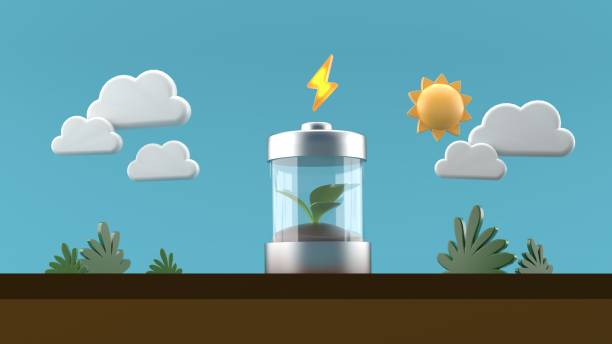Patent-pending process to remove biofuel contaminants from wastewater using a non-additive process that produces hydrogen to power its own operation
Biofuel researchers have long sought to find a way to make biofuels that can convert waste from food crops, sewage, and other sources of renewable carbon into fuels. This would also keep waste carbon out of the environment and water. While there has been much progress in the transformation of such waste into usable fuels, it has been difficult to complete the cycle using clean energy.
The system was created by a team of researchers from the Department of Energy’s Pacific Northwest National Laboratory. The PNNL’s electrocatalytic oxidation and fuel recovery system transforms unrecoverable, diluted carbon into valuable chemicals. It also produces useful hydrogen. The process can be carbon-neutral, or possibly even carbon-negative because it uses renewable energy.
It all works because of an elegantly designed catalyst. This catalyst combines billions upon billions of tiny metal particles with an electric current to accelerate the energy conversion at room temperatures and pressure.
“The current methods for treating biocrude require high-pressure hydrogen. This is often generated from natural gas,” explained Juan A. Lopez Ruiz, a PNNL chemical engineering engineer and project leader. Our system is capable of generating hydrogen from the wastewater and simultaneously treating it with excess renewable electricity. This makes it cost-effective and could be carbon neutral.
A hungry system
The system was tested in the laboratory by the research team using wastewater from an industrial-scale biomass conversion process. It worked for more than 200 hours without any interruptions and showed no signs of slowing down. The only problem was that the wastewater sample from the research group had expired.
Lopez-Ruiz stated that “it’s a hungry systems.” The amount of waste carbon you want to convert will affect the reaction rate. If you have wastewater that needs to be recycled, it could continue for years.
Lopez-Ruiz says that the patent-pending system addresses several issues that have hindered efforts to make biomass an economically viable source for renewable energy.
Lopez-Ruiz stated that we know how to convert biomass into fuel. “But we still struggle to make the process energy-efficient, economical, and environmentally sustainable–especially for small, distributed scales. The system is powered by electricity from renewable sources. It generates heat and fuel for its operation. It can complete the energy recovery process.
He said that the electric grid is shifting its energy sources towards incorporating more renewables, and it makes more sense to rely more on electricity to meet our energy needs. Our process uses electricity to convert carbon compounds from wastewater into useful products, while also removing impurities such as nitrogen and sulfur compounds.
Energy gap closing
Hydrothermal liquefaction is an efficient way to convert wet carbon into fuel. This process reduces the time it takes to make natural fossil fuels. It converts wet biomass into biocrude oil, which is energy-dense, in just hours, rather than in millennia. The process is imperfect in that wastewater generated during the process needs to be treated further in order for it to add value.
Lopez-Ruiz stated that the same (electrochemical) reaction that removes organic molecules from wastewater could also be used to upgrade biocrude at room temperatures and atmospheric pressure.
